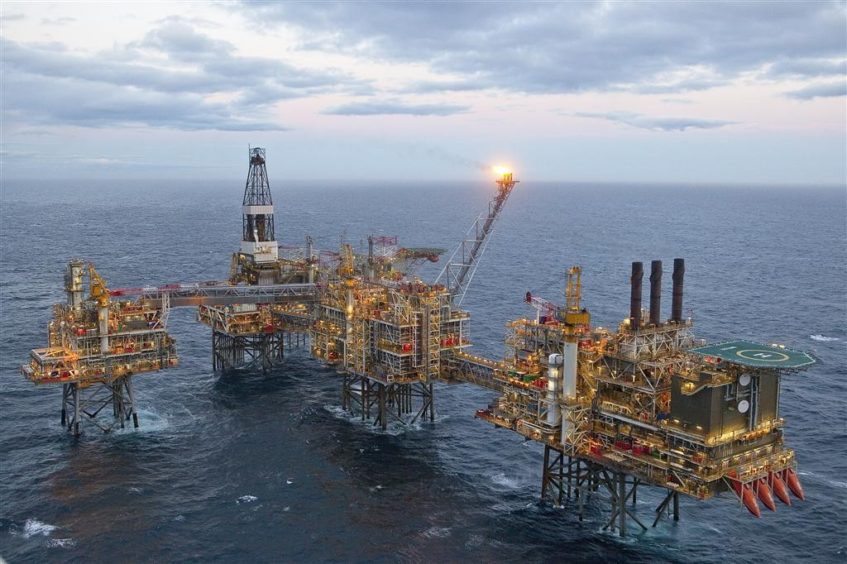
The UK North Sea is expected to spend $750 million on emissions allowances this year, according to new research, with the price of carbon only set to surge.
Westwood Global has provided the estimate, with the UK emissions trading scheme (ETS) price (and before that, the EU version) having increased threefold in the last 18 months.
Without improving performance on emissions, not just in absolute terms but emissions intensity, North Sea producers could feel the pinch.
Westwood estimates that an oil and gas hub with an intensity of 50 kg of CO2 per barrel could end up paying $5 per barrel at an ETS price of $100 a tonne – just above last month’s price of £78/tonne ($98).
That’s while free allowances are expected to decline in future years and the UK ETS price is only expected to increase further
Many key North Sea hubs already produce 50kg of CO2 per barrel – some produce five-times the average of 20.9kg/barrel – and are expected to produce for years ahead.
According to Westwood, average emissions intensity in the North Sea – which relates to emissions per barrel produced, rather than an absolute figure – is expected to increase from 20.9 kgCO2/boe in 2022 to 24.9 kgCO2/boe by 2030.
Westwood said: “The pressure is rising to reduce emissions from upstream operations.
“The last few years have seen a reduction in total emissions and improvement in emissions intensity as companies have focused their attention on operational advancements and efficiencies.
“But, with the low hanging fruit picked, there is a risk that this trend will reverse without capital investment.”
If the 10 worst-performing hubs are excluded, then this reduces absolute emissions by 17%, though they only account for 4% of production; meaning they will have a limited impact on intensity.
Alongside CO2, the North Sea has to deal with the issue of methane emissions, which are more harmful to the environment.
Westwood said: “In addition to CO2, methane is a key GHG in the offshore oil and gas industry, with a global warming potential 25-28 times higher than CO2.
“Analysis suggests similar trends to CO2 EI, with the older platforms typically having a higher methane intensity.”
Recommended for you

